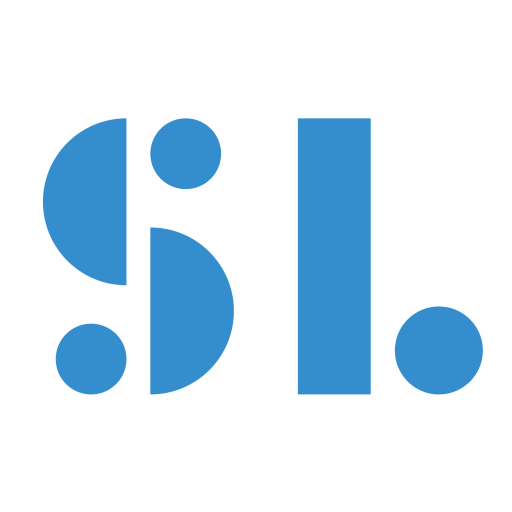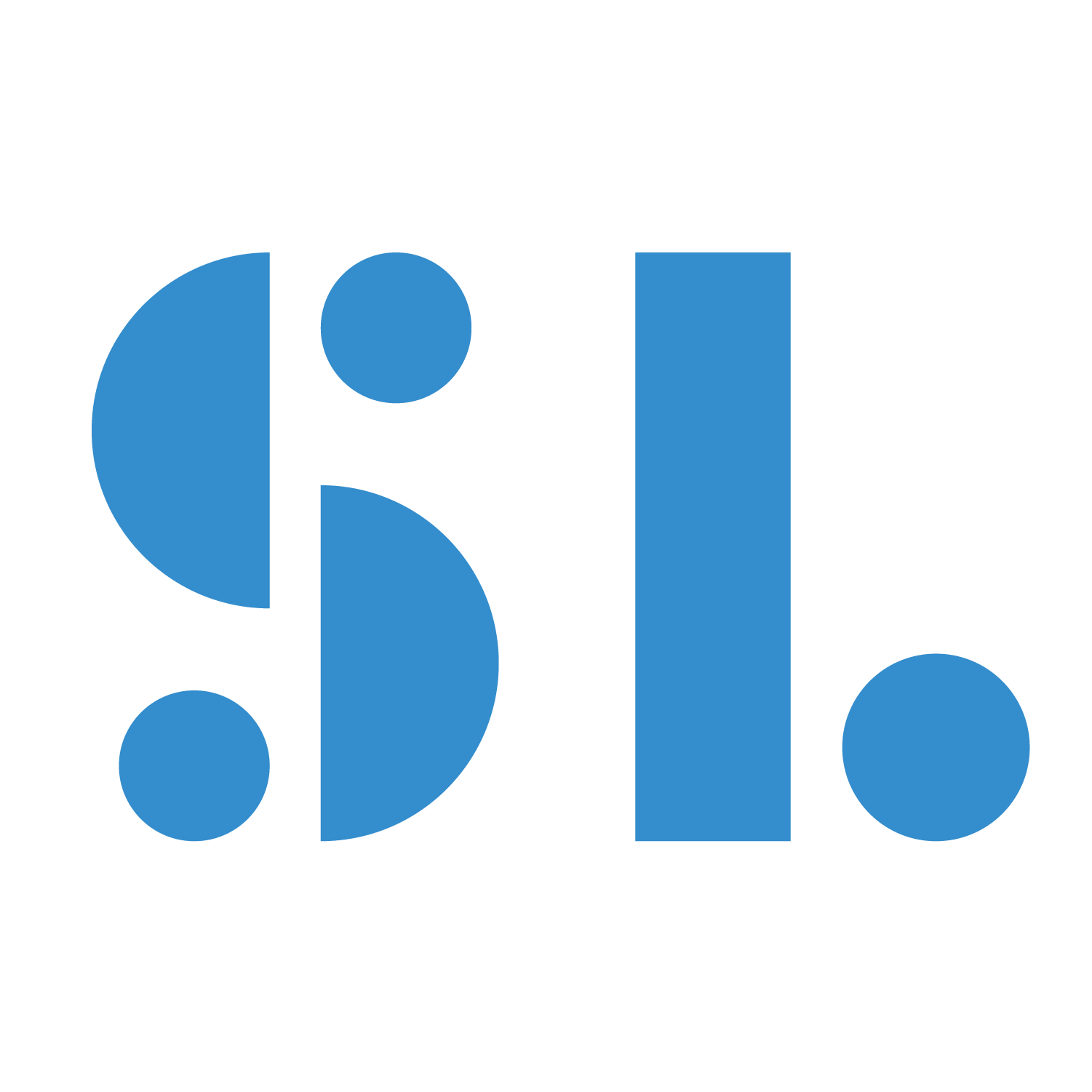



UX Research
Visual Design
User testing
Wireframing
Prototyping
1 month
Independent project done for Google UX certificate program
2.2 Million people are incarcerated in United States and 620,000 are released from the prison annually. Around 65% of formerly incarcerated individuals remain unemployed one year after their release. 55% of the ones who were employed reported median earnings of just above $10,000.
Help formerly incarcerated individuals to transition into the real world by helping them learn about long term careers catered towards their transferable skills and get guidance from real professionals.
Due to limitations of meeting with the direct users, I read through interviews and articles for the research part of this project to understand the users and needs.
• CEO and Last Mile provide in person training for specialized programming and resources to formerly incarcerated people.
• Friend A Felon App had a lot of resources, but not enough descriptions for careers for users to learn about each career from.
• Career coaching apps have a lot of video chat options to get more intimate coaching.

People felt like they do not have the skills and experience to apply for jobs.
Many end in up manual jobs or service jobs, but what happens when individuals get injured?
Many people who were away for years aren't aware of the new technology and job trends. It can be daunting and scary to know what type of jobs they are able to jump into.
Formerly incarcerated individuals tried to do coaching via pre recorded materials to be flexible during covid and found it to be not helpful.


Created user journey maps, crazy 8 sketches, and lo-fi wireframe sketches to further understand users and ideate solutions.





Information Architecture
Help the users to narrow down the options to jobs that match their transferable skills and interests. A career coaching method that was helpful was skill based approach to career coaching by Skillful, a Markle Initiative. Helping people to realize they have transferable skills that employers would value.
Regular career coach can be limiting to understand all the career fields so get matched up with mentors within the field to get a better understanding and create a more tailored trajectory.
Many people have been away from the society and starting can be a great first step.

1. Got rid of inspiration quote to create more room to display important contents at a glance. During user testing, participant wondered if there was a way to casually browse through a list and so I created popular list on the home page for those who want a quick short list or need an inspiration.
2. People had hard time going to employment for list of career paths so I added a clear floating CTA locked at the bottom of the home screen.
Before

After

After making changes above, I also updated the information architecture.
- career is now under home
-messaging is on its own
-forum was taken out because priority at this stage was to get coachees to connect with coaches

While trying to reduce the amount of clickable paths, things got confusing. Instead of starting with survey and using skip button to get to a specific list, I used more digestible wording with no distraction to get to what the users needed.
Before

After

Job searching for the users is already stressful. Getting rid of fluff and making each path simple and digestible was important for Leap.
There are many people who won't be able to use the mobile app and so it was important to create the website for not only information, donations, and volunteers, but also to access same contents as the app.
-for the mobile web version, got rid of hovering cta at the bottom to maximize loading
- donation button is separated from the rest of the menu and highlighted to bring attention to it

Beauty and the challenge of UX design is its iterative process. Prioritizing and advocating for user needs can help find the right balance. This is a lesson I have learned while creating Leap with time constraints. I learned to focus on the main user flow even when different features kept poking out of my brain. I found myself going back to the problem statement as my North Star to guide me through the design process. Good designer should not only be able to create a delightful experience, but also be able to prioritize main insight and strategize how to reach user/business goals in time.

UX Research
Visual Design
User testing
Wireframing
Prototyping
1 month
Independent project done for Google UX certificate program
2.2 Million people are incarcerated in United States and 620,000 are released from the prison annually. Around 65% of formerly incarcerated individuals remain unemployed one year after their release. 55% of the ones who were employed reported median earnings of just above $10,000.
Help formerly incarcerated individuals to transition into the real world by helping them learn about long term careers catered towards their transferable skills and get guidance from real professionals.
Due to limitations of meeting with the direct users, I read through interviews and articles for the research part of this project to understand the users and needs.
• CEO and Last Mile provide in person training for specialized programming and resources to formerly incarcerated people.
• Friend A Felon App had a lot of resources, but not enough descriptions for careers for users to learn about each career from.
• Career coaching apps have a lot of video chat options to get more intimate coaching.

People felt like they do not have the skills and experience to apply for jobs.
Many end in up manual jobs or service jobs, but what happens when individuals get injured?
Many people who were away for years aren't aware of the new technology and job trends. It can be daunting and scary to know what type of jobs they are able to jump into.
Formerly incarcerated individuals tried to do coaching via pre recorded materials to be flexible during covid and found it to be not helpful.


Created user journey maps, crazy 8 sketches, and lo-fi wireframe sketches to further understand users and ideate solutions.





Information Architecture
Help the users to narrow down the options to jobs that match their transferable skills and interests. A career coaching method that was helpful was skill based approach to career coaching by Skillful, a Markle Initiative. Helping people to realize they have transferable skills that employers would value.
Regular career coach can be limiting to understand all the career fields so get matched up with mentors within the field to get a better understanding and create a more tailored trajectory.
Many people have been away from the society and starting can be a great first step.

1. Got rid of inspiration quote to create more room to display important contents at a glance. During user testing, participant wondered if there was a way to casually browse through a list and so I created popular list on the home page for those who want a quick short list or need an inspiration.
2. People had hard time going to employment for list of career paths so I added a clear floating CTA locked at the bottom of the home screen.
Before
After


After making changes above, I also updated the information architecture.
- career is now under home
-messaging is on its own
-forum was taken out because priority at this stage was to get coachees to connect with coaches

While trying to reduce the amount of clickable paths, things got confusing. Instead of starting with survey and using skip button to get to a specific list, I used more digestible wording with no distraction to get to what the users needed.
Before
After


Job searching for the users is already stressful. Getting rid of fluff and making each path simple and digestible was important for Leap.
There are many people who won't be able to use the mobile app and so it was important to create the website for not only information, donations, and volunteers, but also to access same contents as the app.
-for the mobile web version, got rid of hovering cta at the bottom to maximize loading
- donation button is separated from the rest of the menu and highlighted to bring attention to it

Beauty and the challenge of UX design is its iterative process. Prioritizing and advocating for user needs can help find the right balance. This is a lesson I have learned while creating Leap with time constraints. I learned to focus on the main user flow even when different features kept poking out of my brain. I found myself going back to the problem statement as my North Star to guide me through the design process. Good designer should not only be able to create a delightful experience, but also be able to prioritize main insight and strategize how to reach user/business goals in time.
Index
©Sally Lee 2022
Index
©Sally Lee 2022